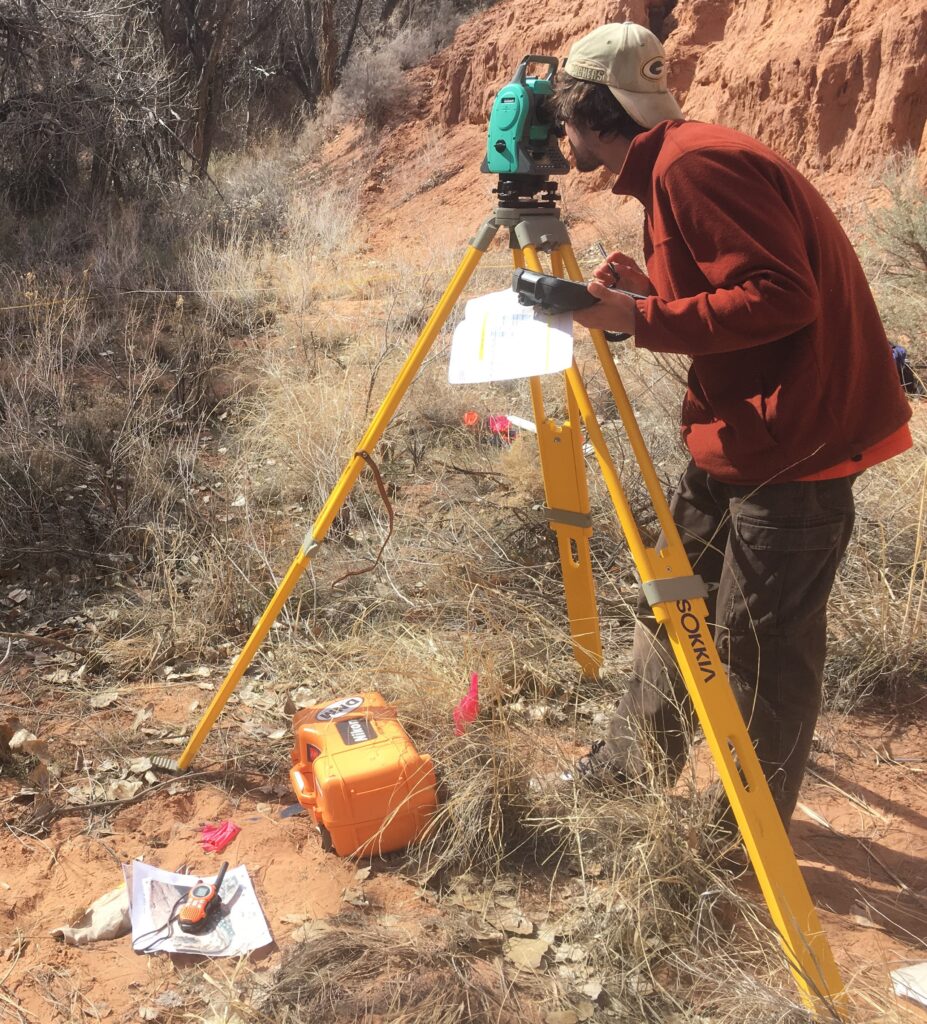Here is the report on the Stewardship For Us Pledge Drive Survey results. Thank you to the folks who joined us for the web meeting last Friday. It was a struggle to get the information out and for people to join the Zoom – apologies for that! Luckily you can access the PDF of the report here.
Some notes to add intelligence to the report:
- We had 71 responses filled out. There were quite a few more logins to the survey than that; where people did not give pledge information, we did not consider their entry. Note: there are over 1,000 congregations on the Unitarian Universalist Association list, so this is not a high response in that sense, however considering that there is a much smaller group of congregations whose volunteers are on our email list, it is not bad.
- For the most part, we asked for information that you might consider tracking from year to year. “How it felt” can be a valuable input, however you cannot make real improvements unless you have data about what is going on. For more on pledge data see this blog post.
- Based on the comments in the survey, and the entries that were not filled out, people either do not have this information at hand, could not get it, or did not want to give it. Assuming that it is more the former two than the latter one, this is a systems issue for a congregation that can usually be addressed and resolved in your own congregation.
- Please note that where people answered zero (0) to a numeric question, averages and medians did not factor in those responses. In some cases, I note what percentage of responses to a particular question were zero (0). In those cases, I do not know whether they don’t have those answers, they mean “none”, or they did not want to say.
- For some of the response reports, I give Average and Median amounts. Average (or Mean) amounts for less consistency in the data set; in other words has more outliers, either high or low amounts. That tends to skew the data higher or lower. In many of the response areas, if you are looking to compare your congregation’s data to that number, the Median might be more apt.
- For the question, “How long is the pledge drive?” I do not know if people included lead-up and wrap-up activities to the drive. From public launch to closing, 3-4 weeks is recommended, with some lead-up and no more than 2 weeks of wrap-up. Beyond that will be minimally effective at best.
- When looking at the Strategies, be aware that the closer and warmer strategies will build on relationships and will usually gain the most in donations. Closer meaning physically more proximate, or in the room. Email and postal mail are distant and “cold” strategies.
- Also, the Strategies do not take into account what works for your virtual community; folks that participate primarily through video and the web. As we go forward, we are learning how to engage 2 congregational communities in stewardship: in person and online. What works in person may not work online and vice versa.
- With the Quartiles, interestingly, the percentages resulting from this survey are identical to the ones when we last attempted to find normative numbers for this. I have been using these same percentages when talking to clients for a decade. It also show that, in the Lowest Pledge category, there is a lot of opportunity to contextualize, educate, and inspire congregants about pledging. See more about Quartile Analysis here.
- In comparing this year’s pledges to last year’s, there are opportunities for growth by growing the number of pledges that increased (under 50% is not an impressive number), certainly with the people whose’ pledge remained the same, and in new pledges (whether from new or long-time congregants).
- In how people make pledge payments, there were a lot of responses that showed it was difficult for the respondents to distinguish the way people were paying their pledge, based on the data available. Sorry we did not include “stock transfer” as a possible response. Next time! It was remarkable, almost astounding, that paying by check was the top method! That could either be driven by the habits of our members or the way we are asking for payments. Either way, personal paper checks are from a bygone era and donor studies show that electronic giving is more consistent and yields higher amounts of donation.
- It is good to see that our high rate of pledge fulfillment is continuing. This has been constant over many years. It indicates that if we can get people to pledge generously, we will have the resources we need.
Please comment below if you have questions, ideas, or additional information others could use. And let us know if you need help!

Mark Ewert is a stewardship consultant, a Chartered Advisor in Philanthropy® (CAP®), and a professional leadership and philanthropy coach (PCC) certified with the International Coaching Federation.
His experience includes founding a nonprofit, working as a fundraiser, and leading a national organization. Reach Mark at Team@StewardshipForUs.com


Concerning this comment in your article: “Either way, personal paper checks are from a bygone era and donor studies show that electronic giving is more consistent and yields higher amounts of donation.”
We have a high number of donors who have set up automatic donations with their bank’s online portal. So, in a sense, they are giving “electronically” but it still results in an “old-fashioned” paper check sent to the church. Still a very consistent method.
Thanks Denise! Yes it is a great step for people to set up automatic gifts to the congregation through their banks. That is a step in the right direction.
Still it is a paper check that is printed and sent through the mail. It is possible for people to transfer resources directly to your congregation electronically, by using the routing number. Or transferring money in other ways so that you get it directly into your system without processing checks. I am hoping you have a database that will allow that. If not, ask your peer congregations about what they are using to receive electronic donations. Cheers!